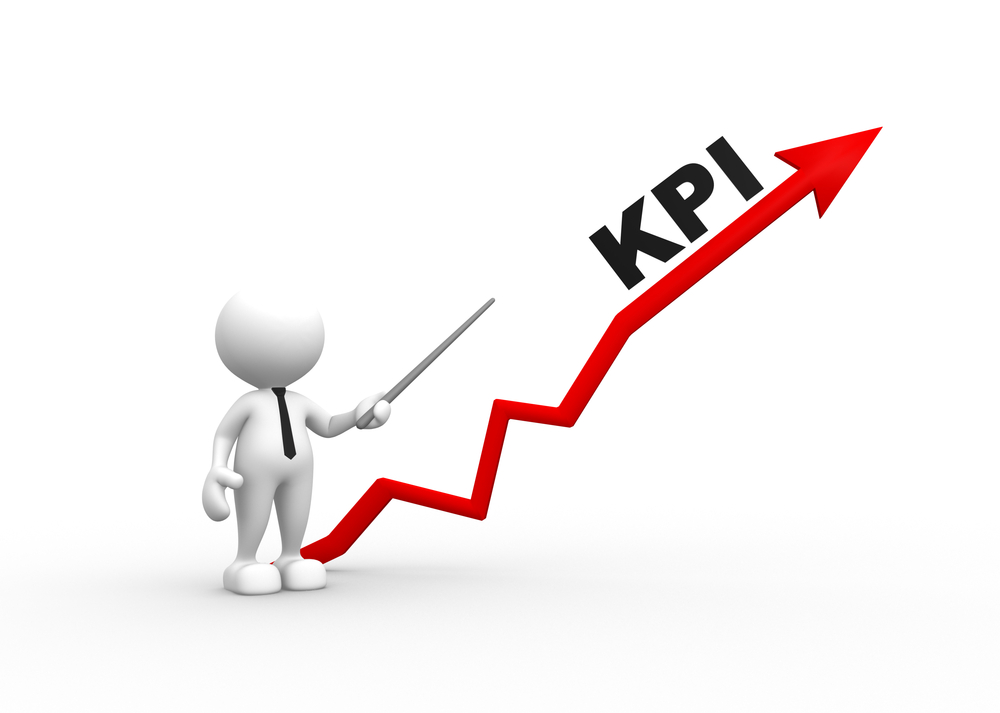
As an owner of a commercial property, you are likely formally, or informally, tracking its performance and progress.
What are the standard ways to measure the success of your property? What are the key performance indicators (KPIs) and metrics that matter most?
In this blog post, we will explain what standard KPIs, and metrics are, why they are important, and how to choose the right ones for your commercial property. We will also give you some examples of common KPIs and metrics for distinct types of commercial properties, such as office, retail, industrial, and multifamily.
What are KPIs and metrics?
KPIs and metrics are quantitative measures that help you evaluate the performance of your commercial property. They can help you monitor various aspects of your property, such as occupancy, revenue, expenses, tenant satisfaction, maintenance, and more.
KPIs and metrics are not the same thing, though they are often used interchangeably.
KPIs are the most important metrics that reflect your strategic goals and objectives.
Metrics are the supporting data that help you track and improve your KPIs.
For example, if your goal is to increase the net operating income (NOI) of your property, NOI is your KPI. The metrics that affect NOI are revenue, expenses, vacancy rate, rent collection rate, etc.
Why are KPIs and metrics important?
KPIs and metrics are important because they help you:
- Understand the current state of your property and identify its strengths and weaknesses.
- Set realistic and achievable goals and objectives for your property.
- Track and measure the progress and performance of your property over time.
- Compare your property with other properties in the market or industry.
- Make informed decisions and take corrective actions to improve your property.
- Communicate effectively with your stakeholders, such as investors, lenders, tenants, etc.
How to choose the right KPIs and metrics for your commercial property?
There is no one-size-fits-all approach to choosing the right KPIs and metrics for your commercial property. The KPIs and metrics that you choose depend on several factors, such as:
- The type of your commercial property (office, retail, industrial, etc.)
- The size of your property (square footage, number of units, etc.)
- The location of your property (city, province, region, etc.)
- The market conditions and trends (supply & demand, competition, etc.)
- The goals and objectives of your property (growth, stability, cash profitability, etc.)
- The preferences and expectations of your stakeholders (investors, lenders, tenants, etc.)
However, there are some general guidelines that can help you choose the right KPIs and metrics for your commercial property:
- Choose KPIs and metrics that are relevant to your property type and goals.
- Choose KPIs and metrics that are measurable and verifiable.
- Choose KPIs and metrics that are actionable and controllable.
- Choose KPIs and metrics that are timely and frequent.
- Choose KPIs and metrics that are simple and clear.
To give you some ideas of what KPIs and metrics you can use for your commercial property, here are some examples of common KPIs and metrics for distinct types of commercial properties:
Office
- Occupancy rate: The percentage of leased space to total available space.
- Average rent per square foot: The average monthly rent divided by the total square footage.
- Tenant retention rate: The percentage of tenants who renew their leases.
- Tenant satisfaction rate: The percentage of tenants who express satisfaction with their space and services.
- Operating expense ratio: The ratio of operating expenses to effective gross income.
Retail
- Sales per square foot: The total sales divided by the total square footage.
- Gross leasable area (GLA): The total floor area available for leasing.
- Percentage rent: The rent based on a percentage of the tenant’s sales.
- Tenant mix: The diversity and compatibility of tenants in terms of products, services, size, etc.
- Foot traffic: The number of visitors or customers who enter the property.
Industrial
- Net absorption: The change in occupied space over a period.
- Vacancy rate: The percentage of unoccupied space to total available space.
- Average rent per square foot: The average monthly rent divided by the total square footage.
- Capitalization rate: The ratio of net operating income to property value.
- Maintenance cost per square foot: The total maintenance cost divided by the total square footage.
